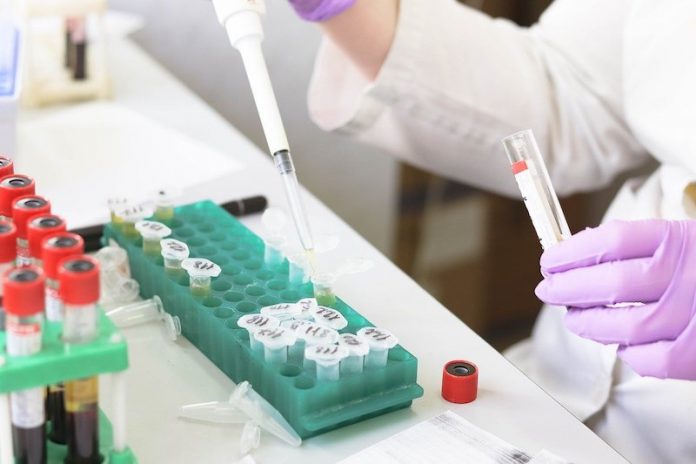
In a new study, researchers found that the level of metal ions in urine samples is an accurate indicator of pancreatic ductal adenocarcinoma (PDAC), one of the deadliest types of pancreatic cancer.
The discovery help develop a new and completely noninvasive test for pancreatic cancer, of which PDAC is by far the most common form.
The research was conducted by a team at Queen Mary University London and elsewhere.
Although it accounts for only 2.5% of new cancer cases, pancreatic cancer leads to 6%of cancer deaths worldwide each year, because the mortality rate is so high, at around 85%.
No tests for early detection are currently available, and as symptoms are usually nonspecific, PDAC is normally diagnosed at a late stage when it is already locally advanced or has spread to other parts of the body.
Any improvement in tests for early detection would, therefore, represent a breakthrough.
The study took as its starting point the fact that cancer leads to changes in biochemical reactions within the body. These changes, if measurable, can be powerful tools for detection.
The research team discovered that PDAC patients had much lower levels of urinary calcium and magnesium, and increased levels of copper and zinc when compared to healthy controls.
A combined analysis of these essential metals was shown to be an accurate indicator of biochemical changes related to PDAC.
The team also found that the urine of PDAC patients has higher levels of a particular isotope of zinc compared to healthy controls.
The team says as urine samples can be taken time and time again in a noninvasive way, it can be an effective method to screen and monitor high-risk groups for pancreatic cancer.
They say the next step will be to study the levels of metals in a larger number of urine samples as well as in prediagnostic urine samples, to see if changes in their levels can be detected before the symptoms of cancer appear.
If the results are still promising, the metal biomarkers will then be tested in a real clinical scenario.
The lead author of the study is Kathrin Schilling.
The study is published in the journal Metallomics.
Copyright © 2020 Knowridge Science Report. All rights reserved.



